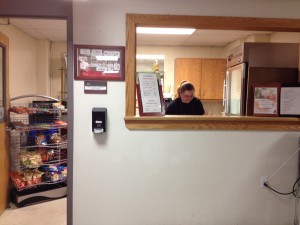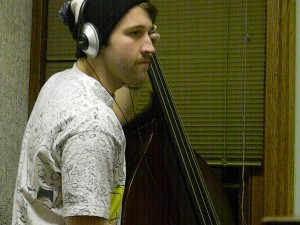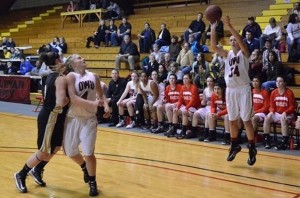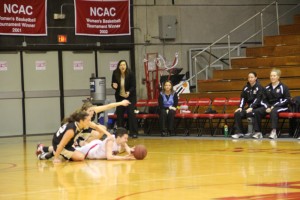
Transcript Reporter
Linnea Velasquez has worked at the Schimmel Conrades Science Center (SCSC) Food Cart serving students and faculty their morning coffee for almost 13 years. Velasquez began her day alongside the science majors early in the morning and closed up shop at 1:30 p.m. every weekday. After working at the university for so long, students and fellow employees were surprised when she did not return from winter break the week of Jan. 14 with other faculty, staff, students and Chartwells employees.
Junior Jenna Reeger said she saw Velasquez setting up the Science Center Food Cart on Monday Jan. 14, but has not seen her since. Reeger said she knew Velasquez from her visits to the Food Cart over the past three years.
“Sometimes she was really happy to see me and would chat and tell me a personal story,” Regger said. “No one is sure if she was fired, if she quit or if she was asked to leave. I could never tell how much she actually liked her job–she definitely liked the students–but I don’t know how much she actually liked working there.”
Senior Kathleen Dalton echoed Reeger’s assessment of Velasquez’s interaction with students.
“She seemed very kind to some students but sometimes impatient with others,” Dalton said.
Dalton personally had a friendly relationship with Velasquez and would often stop at the Food Cart to get her morning tea before class. She had not heard about Velasquez’s absence and said she is mostly curious to find out why. Although students like Dalton are curious about the cause of her absence, Chartwells employees have not said much on the matter.
Michele Van Buren-Keefer, who has taken Velasquez’s place at the Science Center Food Cart, said only a few other employees have asked where Velasquez went. “A couple employees said they’d miss her but not much has been said,” Van Buren-Keefer said. Gene Castelli, Chartwells’s Resident District Manager at OWU, said he is saddened to see Velasquez go.
“I personally liked Linnea a lot and got along very well with her and enjoyed her personality,” he said.
“It is sad she chose to leave.”
After twelve years, Castelli said he was upset by Velasquez’s sudden departure.
He said the reasons she left are uncertain and she has not confirmed anything to him at this point.
Velasquez said she came to OWU as a Chartwells employee in 2000 to support her son’s activity in high school sports.
She said she enjoyed the time she spent in the Science Center Cart and will always remember the kind words and small gifts of recognition she received from grateful students.
“Customer service was so important to me and knowing the names of each of you and what each person liked or disliked,” Velasquez said. “I can honestly say you people made me feel so important and special over the years and I thank you.”
Velasquez has chosen to remain private about her resignation, but she said she appreciates the good wishes of students and employees.
Students like Reeger, however, just wish they had time for farewells after three years of seeing the same face behind the counter.
“If I had known she was leaving, I would have liked to say goodbye,” Reeger said.


